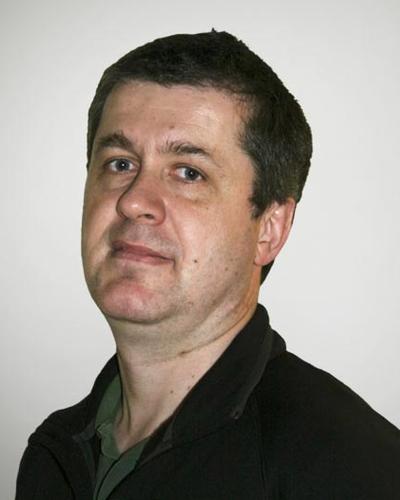Monitoring of CO2 Using Advanced Seismic Techniques - Kristina Vidstein
Main content
Prosjektbeskrivelse:
Seismic exploration techniques have been crucial in the search for hydrocarbons. In recent years it has become clear that these techniques can also be used for other purposes. These range from imaging the shallow part of subduction zones, where some of the world’s biggest earthquakes occur, to monitoring of underground CO2 storage, which aims at mitigating the effects of climate change caused by increased levels of CO2 in the atmosphere. The above mentioned seismic exploration techniques have been developed significantly over the years. However, there is still considerable room for further improvement. This is important as, for example, it would be useful to monitor in detail what exactly happens to the CO2 that is stored underground and, in particular, whether any leakage occurs. For this higher quality images are needed.
An important change in the processing of seismic exploration data has been the introduction of full-waveform inversion techniques. Full-waveform inversion makes it possible to get a much more detailed estimation of the properties of the overburden and the reservoir where
the CO2 is stored. The role of the overburden is important as improved knowledge of the overburden makes it possible to further improve knowledge of the reservoir. There are several challenges related to full-waveform inversion. Two of the main challenges are: 1. how can the forward modeling method (which is the engine that drives full-waveform inversion) be made as realistic as possible (by incorporating the effects of anisotropy and attenuation) without loss of efficiency?, 2. which part of the data (i.e. acoustic data only or also multi-component data) needs to be used to perform an accurate multiparameter inversion.
In this thesis the focus will be on the use of efficient forward modeling techniques, such as ray-Born modeling to address the two above challenges. Ray-Born modeling, which is surprisingly accurate in many cases, has been used successfully for acoustic waveform inversion, but has not yet been used for visco-elastic full waveform inversion. In this project, as a first step, ray-Born modeling will be done for various types of anisotropic media. The inclusion of visco-elastic effects in the modeling can then be done in a natural way as a
second step. In a final step these modeling tools will be used to set up full-waveform inversion. Special emphasis will be given on inverting multi-component OBS data and comparing the result with the much more common towed marine data.
Krav for opptak: Bachelor Geophysics from UiB
Foreslåtte emner i spesialiseringen (60 sp):
GEOV274 (10 sp)
GEOV277 (10 sp)
SDG207 (10 sp)
GEOV375 (10sp)
Kiel course (5 sp)
GEOV352 (5 sp)
GEOV302 (10 sp)
